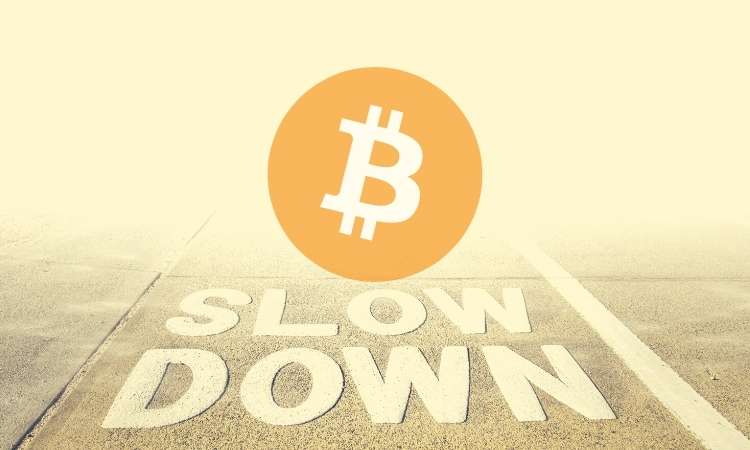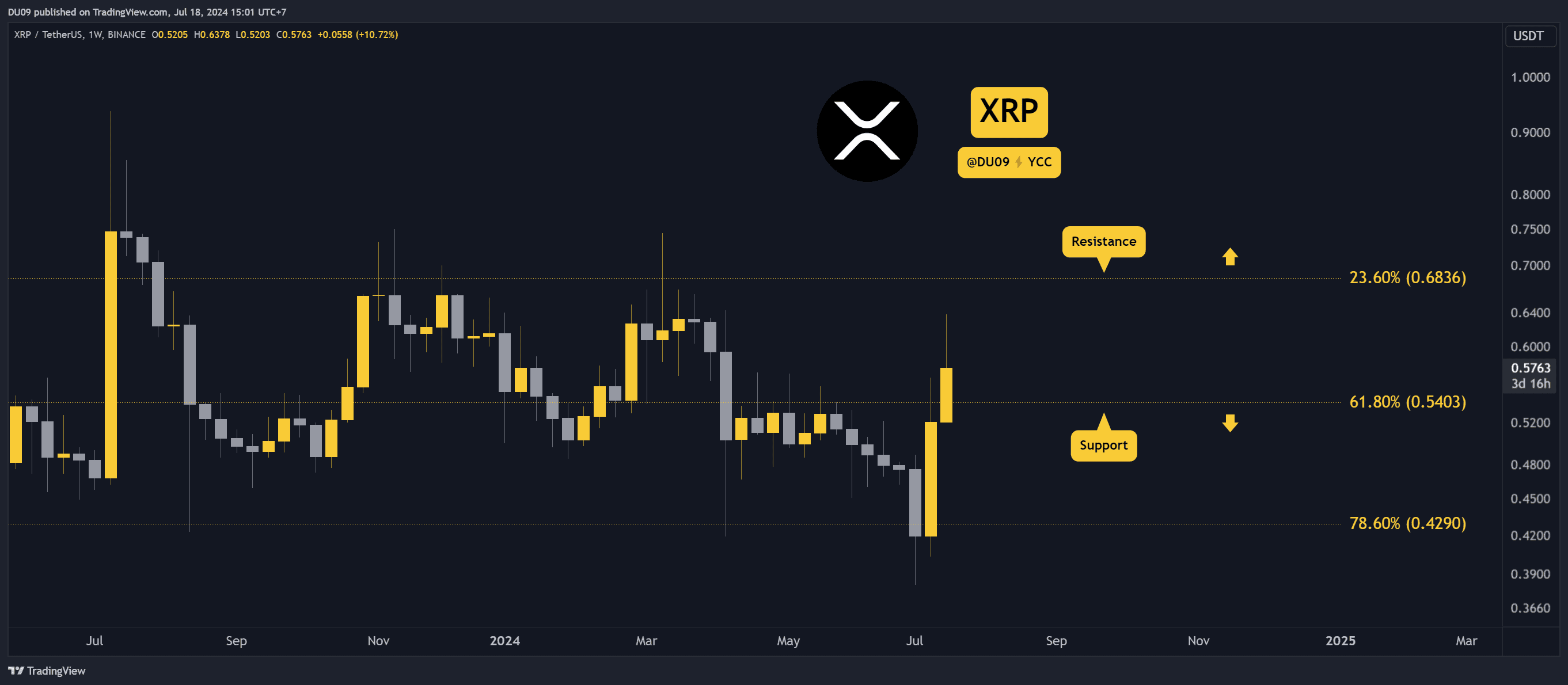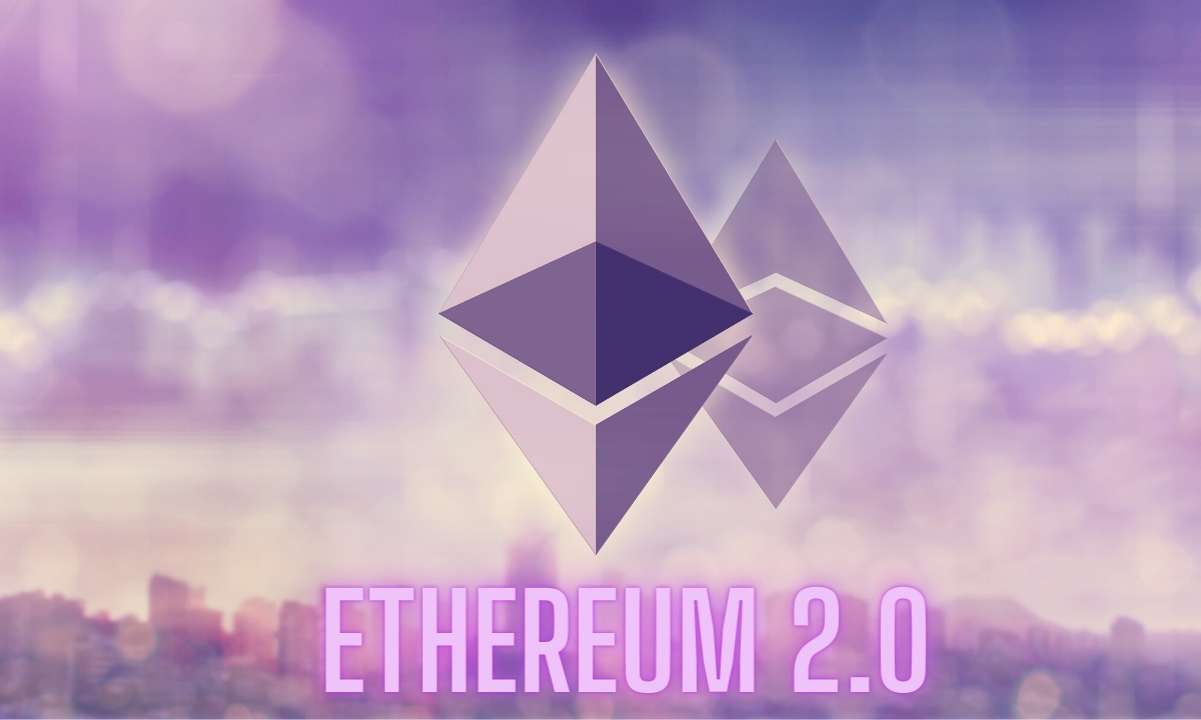Ethereum ‘Blobs’ Unleash Activity Reminiscent of Bitcoin Ordinals’ Early Days
Similar to the early stages of Bitcoin Ordinals, Ethereum users are creating inscriptions with the help of ‘blobs,’ which were introduced to the network as part of its Dencun upgrade on March 13.
This week saw the highest proportion of inscriptions among all blob postings, surpassing usage on Ethereum Layer 2 networks.
Ethereum Blobs Spark Flurry of Activity
According to data on Dune Analytics by a pseudonymous user ‘Hildobby,’ 2,437 blob inscriptions were recorded on March 27, which, interestingly, accounted for almost 23% of the daily blob postings. This level of activity even eclipsed prominent Ethereum Layer 2 options like Arbitrum, Optimism, Base, and Linea.
The concept of blob-carrying transactions was first introduced by EIP-4844. It was a crucial upgrade within Ethereum that aimed to slash transaction expenses, particularly on Layer 2 networks, while at the same time improving scalability via Proto-Danksharding.
Similar to Bitcoin Ordinals, where data is associated with the smallest unit of BTC, blobs essentially allow for the inclusion of data in Ethereum transactions. This is done without compromising block processing time and aligns with Ethereum’s ongoing efforts to optimize transaction costs on Layer-2 networks, a goal highlighted by the introduction of EIP-4844.
Enter ‘BlobScriptions’
Another breakthrough for the Ethereum ecosystem came in the form of the ‘BlobScriptions,’ which was introduced by the Ethscriptions protocol on March 27. BlobScriptions enable users to directly inscribe different forms of data onto blobs, ranging from JPEGs to text. This approach has sparked a flurry of activity.
In fact, BlobScriptions witnessed a surge in popularity within hours of its introduction, driving blob fees to unprecedented levels. Gas fees for blobs skyrocketed above 500 gwei, according to data from ‘ultra sound money,’ which was indicative of increased demand for this new method of data storage.
Despite the initial fee surge, BlobScriptions has attracted huge adoption, clocking in over 4,500 inscriptions since its introduction. Users are leveraging this technology to mint small pieces of text and images onto blobs.
It is important to note that blob data is stored on Ethereum nodes for approximately 18 days, after which it is removed from the network. However, the Ethscriptions indexer ensures indefinite storage of data in a bid to reduce concerns about data retention.
The post Ethereum ‘Blobs’ Unleash Activity Reminiscent of Bitcoin Ordinals’ Early Days appeared first on CryptoPotato.









